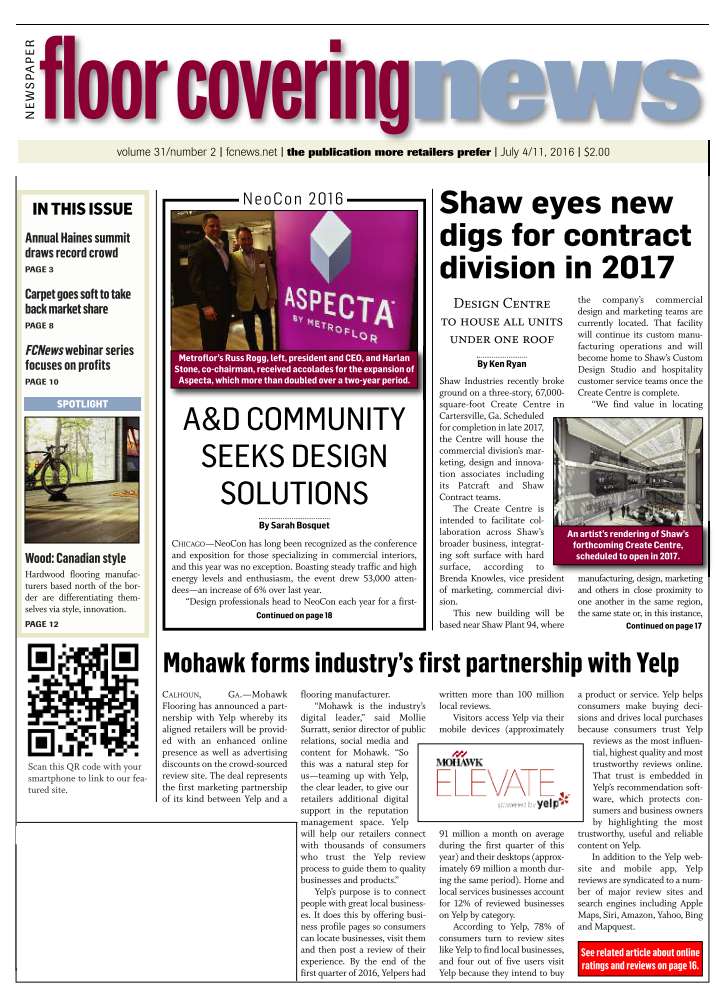July 4/11, 2016; Volume 30, Number 27
By John Brown
One of the most frequent consumer complaints about hardwood flooring installations is the common creaky, hollow-sounding floor that can develop once the job is complete. These hollow spots can even detract from the overall visual and essence of a hardwood floor.
Most hollow spots or loose areas in a glue-down wood floor come from not following the flooring and adhesive manufacturers’ installation specifications and limitations.
Hollow spots are often blamed on adhesives but they are rarely the cause. If a bad adhesive is used to install wood flooring, the entire installation would be negatively impacted—not just a few select areas. Most complaints concerning hollow spots make up less than 5% of the entire area that was installed.
The most common cause for hollow or loose spots in a wood floor system is not getting the concrete substrate flat to industry requirements. The National Wood Flooring Association recommendation for flatness of the substrate for an engineered hardwood floor installation is no more than 3⁄16 inch deflection or variance in the slab within any 10-foot radius of the floor. If the substrate reveals any variance greater than 3⁄16 inch in any 10-foot radius, proper subfloor preparation steps must be applied to rectify the situation. Grinding the substrate and/or leveling with a Portland cement underlayment may be required to achieve flatness. Hollow spots will occur if the installer fails to ensure the substrate is flat enough for the specific installation.
The flatness of the substrate becomes even more important depending upon the hardwood product being installed. It is imperative to have a flat substrate when installing boards that are greater than ½ inches thick and greater than 5 inches wide. The thicker and wider the board, the less likely it will conform to any deflection or variance with the substrate and thus the occurrence of a hollow spot.
Other common causes for hollow and loose spots are neglecting to apply the correct amount of adhesive or not ensuring the flooring is in contact with the adhesive during the curing process. If a board is laid into wet adhesive and raises up from the substrate before the adhesive cures, a hollow spot will occur. This can be avoided by applying weight to these areas until curing.
Using the proper flooring trowel when applying the recommended adhesive is very important. Installers’ comprehensive understanding of trowel requirements is highly recommended by adhesive manufacturers. Insufficient adhesive application may cause substandard adhesion and/or final bond strength and in many cases development of hollow spots can occur throughout the installation.
Some hollow spots require removal of the wood flooring, flattening of the substrate and replacement of the wood flooring. This is expensive and time consuming for all parties involved.
Injection repair kits are available and allow an installer to inject additional adhesive under the flooring specifically in the section where popping conditions or voids have developed. This typically alleviates the issue and causes popping sounds or creaky conditions to dissipate. These repair kits are typically easy-to-use, eco-friendly and cost effective. The more user-friendly kits are water-based, which makes them very easy to clean.
Premium grade, pressure-sensitive wood flooring adhesives will remain tacky for the lifetime of the floor and allow you to simply apply weight or walk the floor to correct the issue if proper contact is not achieved during the installation.

